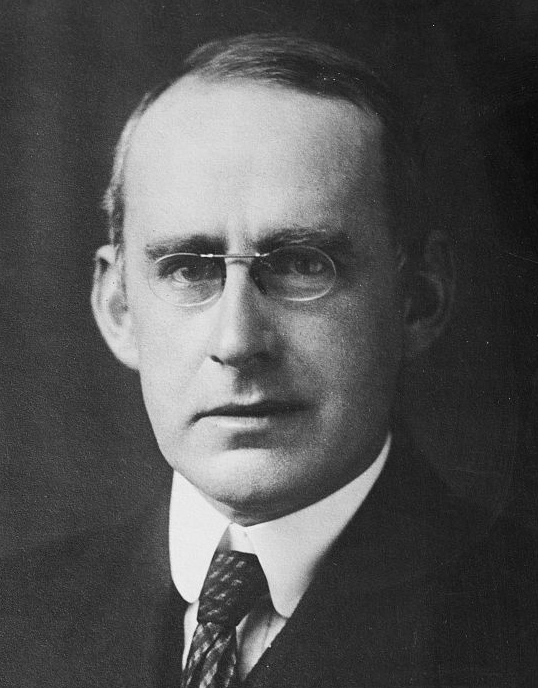Earlier this Summer the New York Times Book Review ran a review of Sean Carroll’s The Big Picture that started by addressing a critique of the popular view of “reality” being those things we believe can can plainly see, hear, touch, etc. It introduces a notion the REALITY is something quite different than what our sense experience, interpreted by our brains indicate; it’s not solid at all and is primarily emptiness. This of course is a perspective that resonates with the Buddhist view as well as the Qabalistic. The review begins:
“The physical world is ‘largely illusory,’ an editorial in The New York Times announced on Nov. 25, 1944. Wishful thinking on a depressing day? No. Had The Times gone mad? Not quite. It was endorsing the ideas of Sir Arthur Eddington, an eminent British astronomer and popularizer of science, who had just died.
Eddington began his best-known book, ‘The Nature of the Physical World,’ by explaining that he had written it at two tables, sitting on two chairs and with two pens. The first table was the familiar kind: It was colored, substantial and relatively long-lasting. The second was what he called a ‘scientific table,’ a colorless cloud of evanescent electric charges that is ‘mostly emptiness.’ Likewise the two chairs and two pens. Only the scientific objects were really there, according to Eddington. Hence the idea that our familiar world is a deception on a grand scale.”

